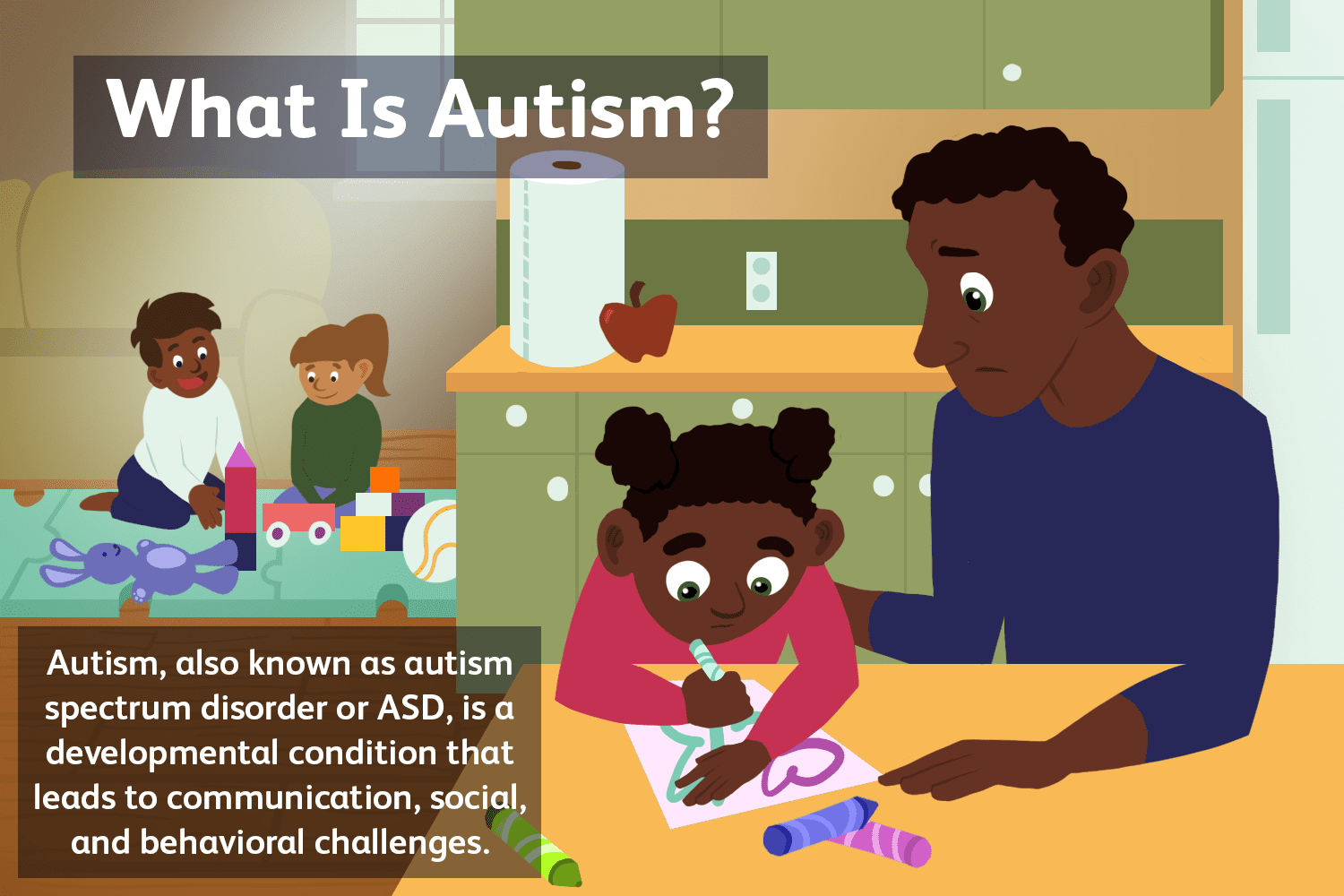How can psychosocial scaffolding help Youth learn better?
By: Asim Mudgal

How can psychosocial scaffolding help Youth learn better? If this is the question, then, like me, most of you are as well unaware of the word Scaffolding. If we search for meaning on google, it says, A structure made of wooden planks and metals outside the building to repair, cleanse, or construct the building. This definition presents the theme of nurturing, maintaining, and developing. Here, we know a little context of Scaffolding in psychological terms. According to the American Psychological Association (APA), ”Scaffolding in education is a teaching style that supports and facilitates the student as he or she learns a new skill or concept, with the ultimate goal of the student becoming self-reliant.” Hence, psychological Scaffolding is related to child and youth development, learning, and the social enhancement process.
Historical Overview: Development Of Psychological Scaffolding
Although the concept of Scaffolding was coined metaphorically in the context of education by David Wood, Jerome Bruner & Gail Ross (1976), the ideology lies in the Lev Vygotsky Zone Of Proximal Development. Historically, Vygotsky signified the relationships between student or child and tutor or elder. In the same sense, woods, burner, and Gail defined the strategies used by an elder to help infants solve problems. In concluding note, strategies adopted were recruitment, reduction in degrees of freedom, direction maintenance, marking critical features, frustration control, and demonstration.
Understanding Psychological Scaffolding
If we go back to section one, we learn about strategies that were the basis for the temporal support by elders until infants gain full knowledge and skills. Additionally, we learned that the instructions are inclusively parts of motivational and cognitive learning. According to research, the human mind streams on two Scaffolding processes ontogenetic and phylogenetic. Ontogenetic occurs automatically or deliberately, while phylogenetics is induced by natural selection.
How does Scaffolding Help children?

Image Source: https://bit.ly/3ae1chy
As we know, Scaffolding tools and environments are designed with instructions that can help children assess the topics and conclude the methods. Some are Contingent or soft Scaffolding and Embedded or Hard Scaffolding. We conclude that Contingent or soft skills help understand instructions through conversation while Hard Scaffolding determines the problems or task in advance to avoid difficulties in later stages.
Talking about Instructional Scaffolding, the teacher can model the problem-solving process or present an approach for accomplishing a task.
In the process, the approaches include Breaking the directions into small chunks, Talking students through the task while they complete it, Grouping students together to talk through the task and support each other, Referring to models of the task where students can gather additional information, and Giving students tips and tricks while they are working.
Instructional Scaffolding: Detailing
Breaking Directions Into Pieces: Most of the students do not learn or find it difficult to understand big pictures of information and to understand better and break it down to make it easier. For Example, diving into topics in small pieces and also coming with add-on vocabulary for the beneficiary to prior knowledge. We know that to understand, one needs a staunch amount of vocabulary or understanding language or text to know specific topics in detail.
Talking: One of the effective methods is to talk and make comfortable words. Like, If a teacher asks questions related to personal thoughts or what they have learned from the environment and how they see it works for the concerning tasks. It will indeed boost confidence and bring social interaction skills forward.
Grouping: It promotes problem-solving skills through social gatherings or social activities. In a class dividing a team and group activities for problem-solving indeed is the best method for inter-cultural enhancement.
Giving Tips and Tricks: In specific scenarios hinting at and encouraging students can make them independent to solve the task by themselves. So, the idea is not to reveal whole answers but to assess tips to enhance betterment.
Technology: In today’s advanced society, one can get better ideas through the use of better technological management. Some of the techniques used would be sending feedback and making documentary lectures. A graphic presentation about specific topics while tutoring the class.
How Scaffolding Is Beneficiary?
As per research, Scaffolding is scientifically meant to make education easier and better, which means somehow it is helping youth to learn interpersonal bonding. In Youth or Children, there is, as we know, a tendency to forget things or extra burdens, leading to stress and anxiety. For a fruitful Journey ahead, Scaffolding can be better management of the system.
Reducing Anxiety: In case of meeting the positive case, we bring in the anxiety reduction techniques and help to feel free. The most important part is to enjoy the learning process.
Engagement and Motivation: We know the part of how we must master the task, and that comes from inner and outer motivation. Some of the Scaffolding methods are easier and more collective to process the thoughts.
Identifying learning Gaps: Initially starting from scratch to grasping knowledge and incorporating them into practice. After learning basic theories and methods, one can know the gaps that need to be filled. Here comes the role of Identifying learning Gaps and how to use them as a guardian and teacher.
How can psychosocial scaffolding help Youth learn better?

Image Source: https://bit.ly/3Amap22
From the long description and understanding, we now know all about Scaffolding and methods, so we can each incorporate them to do something better. To help youth, we can set up classes and events by organizing social gatherings about problem-solving assessments. Hence, the Psychological Scaffolding techniques are beneficiary from the larger perspective, especially in India, where the humongous diversity does need the proper system. From not only a children’s perspective, but we do know so many youths face problems in understanding concepts. However, taboo and hesitation is the one factor that stops them from learning. Indeed, educational institutions and parents should improve quality education by following Scaffolding techniques. Psychological Scaffolding is meant to be the case for cognitive and psychoanalysis for psychosocial development. To conclude, the better and understandable, the bestest and more productive.
Sources: https://bit.ly/3OWXRCe, https://bit.ly/3OFqjsw, https://bit.ly/3nvhCoK, https://bit.ly/3nwHYXt
Tags: Childhood Development, Productivity, Psychological scaffolding, Psychology, Psychosocial Development, youth mental health,









